Posted on May 04, 2015 09:40:00 PM
OUR GOLD COAST
0 0 Google +0 0
 |
The Philippine coastline runs to over 36,000 kilometers, one of the longest in the world. Yet, Philippine seafood exports are among the lowest compared to Indonesia and Malaysia.
Aquaculture covers fishes — bangus, tilapia, seaweeds and others. The three commodities account for a majority of the output. According to official data, aquaculture output reached P94 billion in 2014, or about 6% of agriculture output and 0.74% of the gross domestic product.
|
RELATED STORIES
 M.A.P. Insights — Emmanuel P. Bonoan:“Musings on Deductibility”
 M.A.P. Insights — Rolando T. Dy: “Why we have to import rice”
 M.A.P. Insights — Rolando T. Dy: “Poverty and farm productivity: ASEAN scorecard”
 M.A.P. Insights — Rafael M. Alunan III: “A Bangsamoro deal that runs roughshod over the Constitution? Unacceptable…”
 M.A.P. Insights — Chit U. Juan: “Why Women’s Month?”
|
As of 2012, more fish for human consumption originated from farms than wild capture fisheries, according to the Food and Agriculture Organization (FAO) of the United Nations. Further, more than 80% of global aquaculture production is produced by small- to medium-scale enterprises based on the International Food Policy Research Institute. The total global capture has plateaued. Over 29% of fish stocks are overexploited, as estimated by FAO.
A great majority of the increase in global fish production is expected to come from aquaculture, according to a recent global outlook, Fish 2030 by FAO. Some 90% of the growth in global fish production will be from Asia. China will be a key producer, and also a major consumer. It will be a major importer of shrimp, mollusks, crustaceans, tuna and others by 2030.
In the case of the Philippines, aquaculture and seafood exports are among the lowest in the ASEAN. It is less than 20% that of Thailand, a quarter of Vietnam’s, and a third of Indonesia’s. The main culprit is low farm productivity and under-utilized resources. The aquaculture sector begs for investments.
The Philippines’ export intensity can be measured by a proxy, export per length of coastline. In 2014, it was last among ASEAN peers at $33,300 per km. as compared to Indonesia at $71,200, Malaysia at $179,000, Vietnam at $1,518,000, and Thailand at $1,982,900. The main culprit is low farm productivity and under-utilized resources. The aquaculture sector begs for investments.
But there is hope. There are a number of corporate players that can provide technical services to farmers in aquaculture. Santeh Feeds Corporation is one of them.
I attended Santeh’s 25th anniversary celebration last April 15, with Chief Executive Officer Philip Ong as host. Half of those in attendance were farmer-cooperators. The depth of Santeh’s assistance is impressive. One bangus farmer in Lanao del Norte had a quantum leap in farm productivity from 0.5 ton per hectare to 15 tons per hectare using advanced feed and farm technology. In Batangas, tilapia farmers used to produce only two to four tons of tilapia per cage. Using Santeh’s technology, many are now harvesting 20 to 30 tons per cage per year. Santeh also produced more than 100 tons of pompano in sea cages last year in Bataan and Zambales.
The Philippines is a new frontier in aquaculture. The upside for productivity is very large. But investors are needed badly, as the projects can be capital-intensive. Government-private-academe partnerships can create gains through synergy. There is a need for more infrastructure to access ponds and mariculture areas.
Rolando T. Dy is the Vice-Chair of the M.A.P. AgriBusiness and Countryside Development Committee, and the Executive Director of the Center for Food and AgriBusiness of the University of Asia & the Pacific.

Click to enlarge
